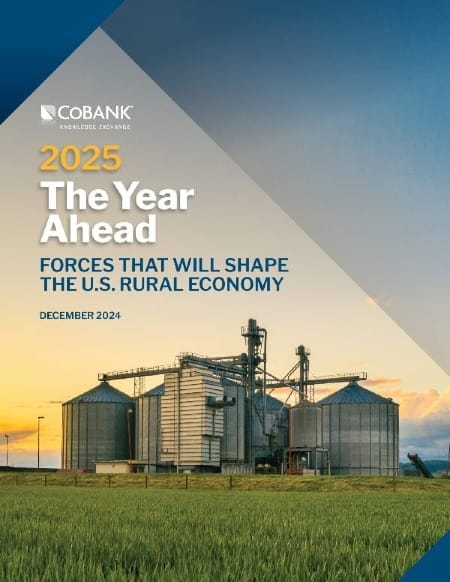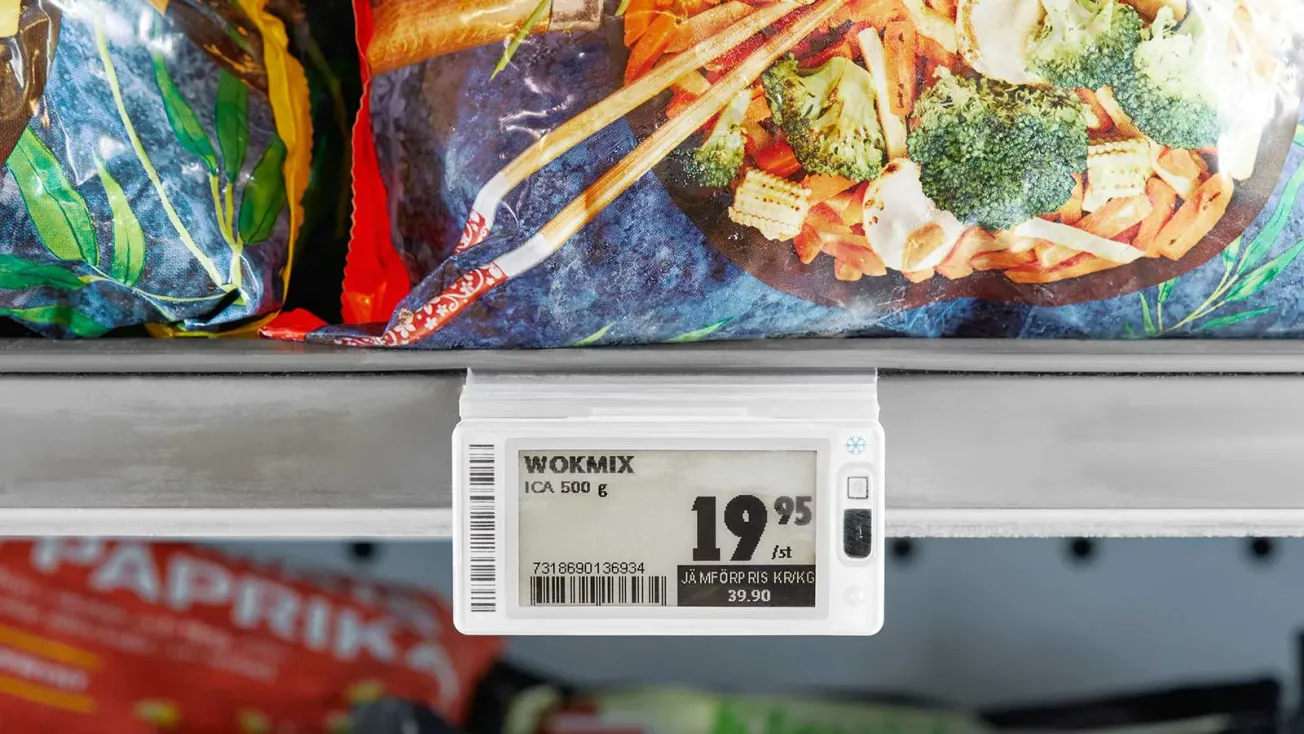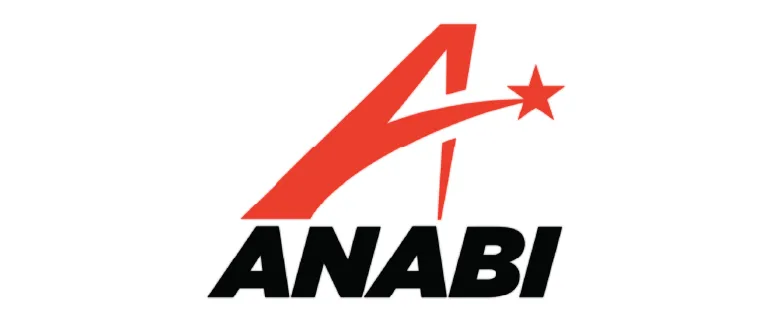DENVER – CoBank has unveiled its comprehensive 2025 year-ahead report, detailing the economic forces poised to shape the U.S. rural economy. While the broader U.S. economy continues to thrive with solid growth, low unemployment, and moderating inflation, rural industries face unique challenges stemming from federal policy changes and lingering economic uncertainties, according to The Year Ahead: Forces That Will Shape the U.S. Rural Economy in 2025
“The environment we enter in 2025 hasn’t fully defined itself yet, but many of the policies proposed by the incoming administration would likely have a negative impact on U.S. agriculture,” said Rob Fox, director of CoBank’s Knowledge Exchange. CoBank is a cooperative bank serving rural America that provides financial services to agribusinesses and rural power, water, and communication providers.
The report underscores the high policy uncertainty surrounding rural industries and highlights vulnerabilities in areas such as export markets and labor availability.
Key Findings from the CoBank 2025 Outlook
Economists project U.S. GDP growth to remain steady at 2.5%-3.0% in 2025, but proposed policies—including tax cuts, reduced labor supply, and import tariffs—could create inflationary pressures. Longer-term interest rates have already risen, reflecting market anticipation of these changes. Sectors like agriculture and construction could be significantly affected by potential disruptions.
President-elect Trump and the 119th Congress are expected to embark on an ambitious legislative agenda in early 2025. Key priorities include extending the 2017 tax cuts, implementing tariffs, reforming immigration policies, and rolling back Biden-era regulations. A one-year extension of the 2018 Farm Bill is also anticipated.
The agricultural sector faces profitability challenges, with commodity prices down nearly 50% from 2022 highs and production costs remaining elevated. Proposed tariffs and immigration policies could exacerbate labor shortages and trade disruptions, further straining the U.S. farm economy. However, livestock producers may see some relief from falling feed costs and resilient demand.
A strong U.S. dollar, potential trade disputes, and record South American crop yields create a bearish outlook for grain and oilseed prices. Reduced demand for biofuels due to low oil prices and unclear biofuel policies add to the uncertainty for this sector.
Declining feed costs have boosted producer margins, encouraging interest in expansion across animal protein sectors. However, high construction and land costs will likely limit significant growth in supply. Beef prices are expected to remain high, supported by a smaller herd, but consumer pushback may pressure packer margins.

An unprecedented $8 billion in dairy processing investments is set to reshape the industry through 2026. New facilities coming online in 2025, particularly in the cheese category, could increase supply and put downward pressure on dairy prices. Despite improved yields from higher butterfat and protein levels, sourcing adequate milk supplies remains a concern.
President-elect Trump’s nomination of Robert F. Kennedy Jr. as Secretary of Health and Human Services signals a shift toward stricter food ingredient regulations. Meanwhile, the growing use of GLP-1 weight-loss drugs, which reduce food consumption by an average of 8%, may affect food manufacturers’ volumes.
President-elect Trump’s promise to end the Inflation Reduction Act (IRA) could slow clean energy momentum, though clawing back already-allocated funds may prove difficult. Popular IRA programs supporting rural communities will likely face challenges in redirecting unallocated funding.
The $42.5 billion Broadband Equity, Access, and Deployment (BEAD) program faces hurdles. Low operator participation raises concerns about bridging the digital divide in rural areas. According to the report, many small operators struggle to meet program requirements, potentially limiting their impact.










